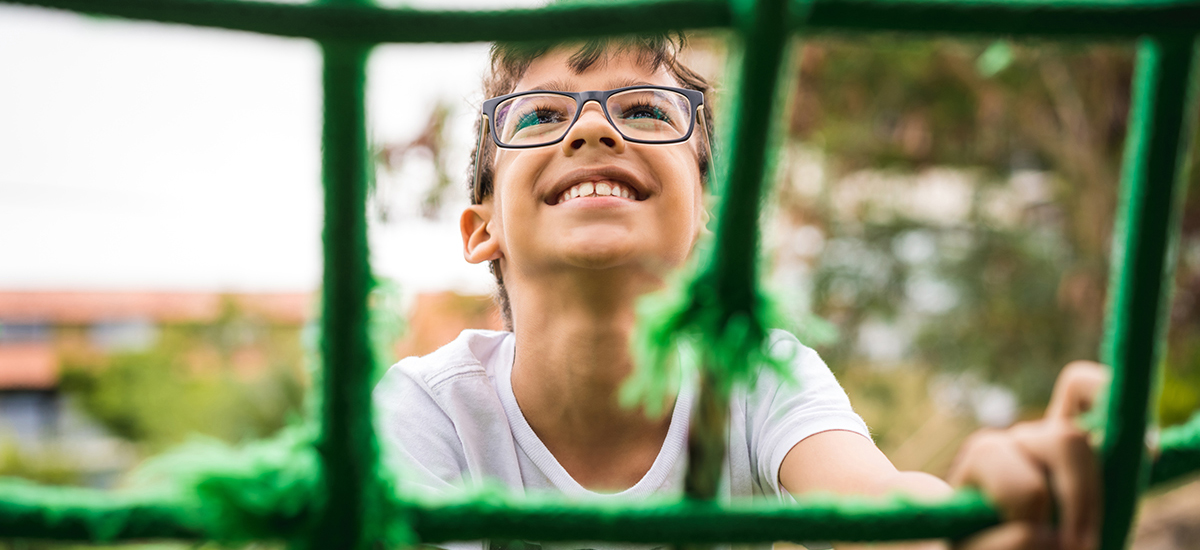How Quickly Can a Child’s Vision Change?

A lot of parents wonder, ‘How quickly can a child’s vision change?’ The fact remains, a child’s eyesight can change at any time, often unrealized by you or your child.
Since good vision is integral to a child’s academic success and general health, it’s important to keep tabs on signs that your child’s vision is changing.
How quickly can your child’s vision change?
Your child’s vision can change a lot over the course of a year. For instance, their eye focus and depth perception grow stronger in elementary school. A child’s eyes finally can focus on one object at the same time once they turn 7. For this reason, eye focusing problems should be corrected beforehand to prevent permanent focusing problems and other vision issues.
Between ages 2 to 5, children are also at a higher risk for eye coordination issues, such as crossed eyes and lazy eye. Often, lazy eye comes after crossed eyes, but both conditions can occur without you or your child noticing them.
As a parent, you should look out for any learning delays, which could indicate poor eyesight. For instance, if your child has trouble explaining colors, letters, and shapes, they may require vision correction. By taking steps to correct these eye conditions while your children are younger, you can help them plan for a successful future.
What are the most common eyesight problems in children?
One of the most common eye conditions that children develop is nearsightedness, which means your child has difficulties recognizing distant objects. If a child has farsightedness, they have the opposite problem - trouble seeing nearby objects.
Children can also develop astigmatism while in school. Astigmatism means that your child’s cornea has an irregular curve, which limits their overall vision. This condition can cause symptoms such as blurry vision and eye strain.
If your child has never had problems with their eyesight before and they are suddenly squinting more than usual or are having trouble with their schoolwork, they may be on the verge of needing glasses. An eye exam can determine if your child needs glasses or not.
Should your child get an eye exam every year?
Like adults, we recommend that children should get annual eye exams. If you have a family history of eye conditions or your child is experiencing symptoms of deteriorating vision, schedule an exam sooner. This will allow the optometrist to identify any issues with your child’s vision and create a proactive plan of treatment.
Once your child’s optometrist suggests a treatment plan, it’s essential to follow through.
To catch any issues with your child’s eyesight and prevent symptoms of vision loss, schedule your child an exam when they are 6 months old, 3 years old, and once a year after they turn 6. These general guidelines will help keep your child’s eye health in order.
Summary: How quickly can a child’s vision change?
Vision changes can happen anytime. If you’d like to know if your child should get an eye exam every year, the answer is yes. It’s important to schedule an annual eye exam to correct any underlying vision issues.
If your child is experiencing new symptoms, such as blurry vision or headaches, they may need glasses. Your optometrist diagnose and treat most vision conditions that may arise in your children.
At your child’s next eye exam, remember to ask the optometrist about other ways to improve your child’s vision beyond getting glasses. Our experts are here to assist you.
Book your eye exam at For Eyes
Have you had your annual comprehensive eye exam? Schedule an appointment with an Independent Doctor of Optometry at your local For Eyes.







